
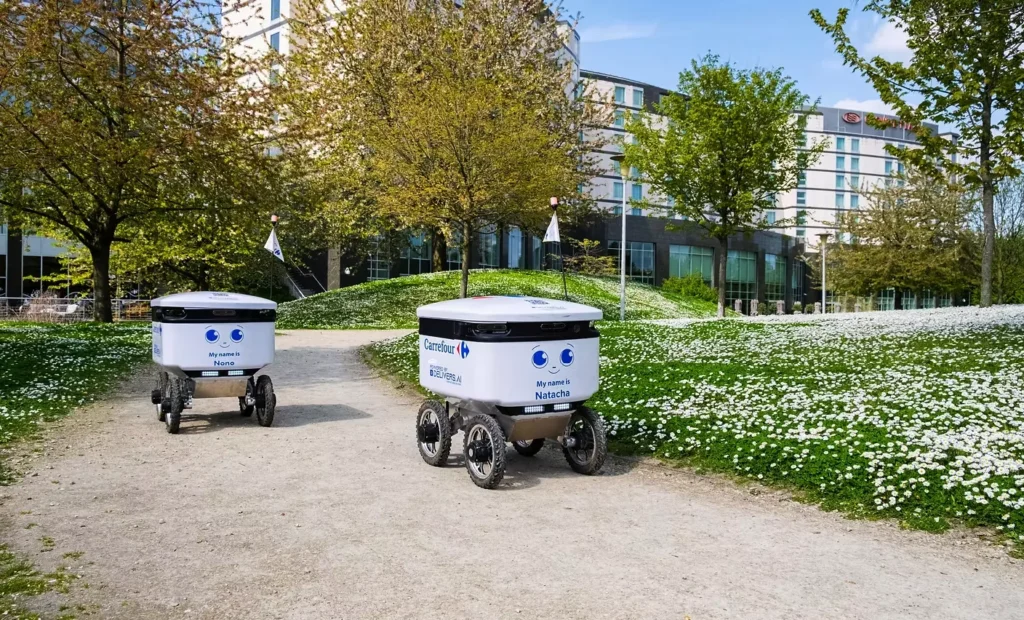
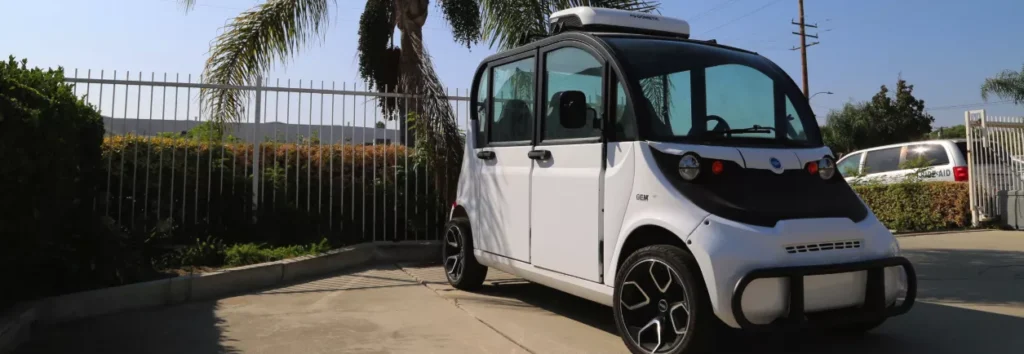
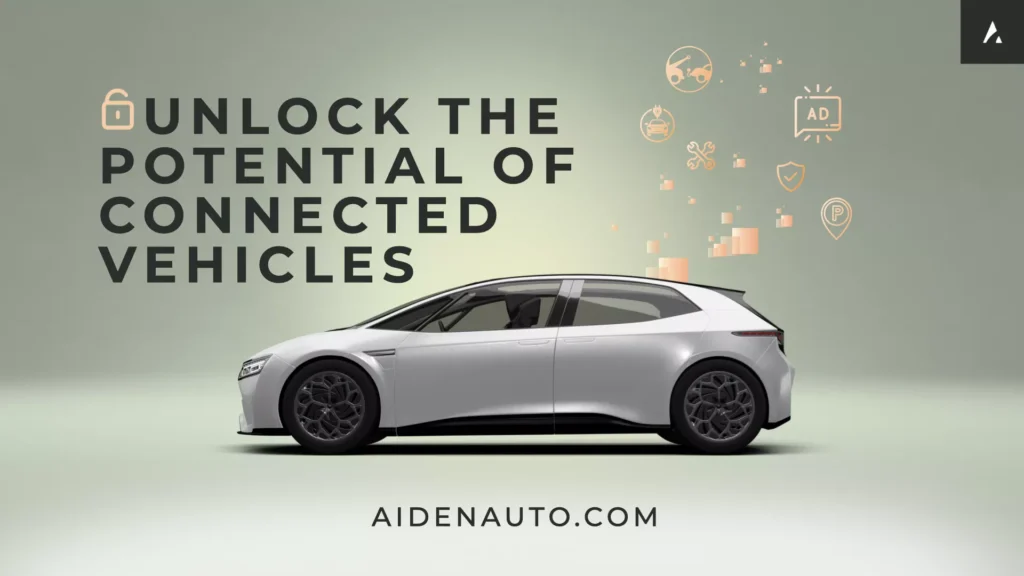
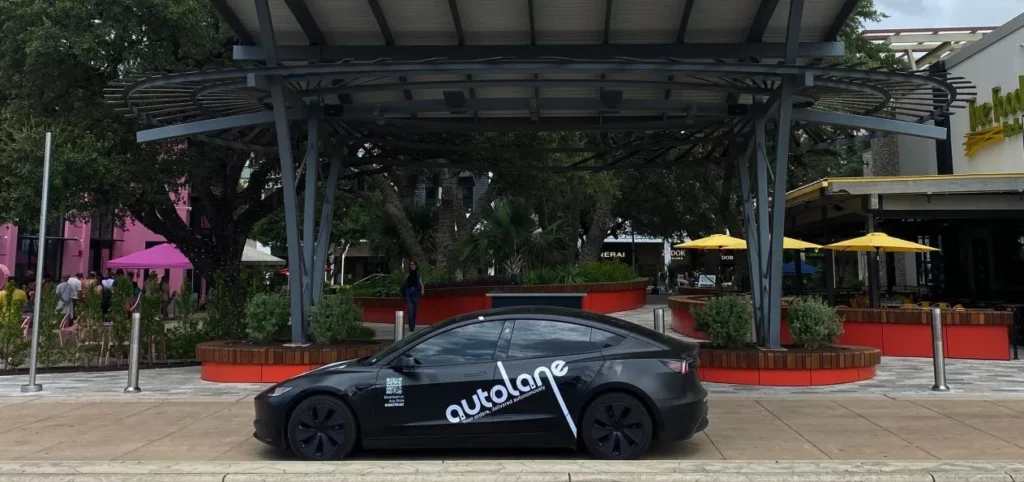
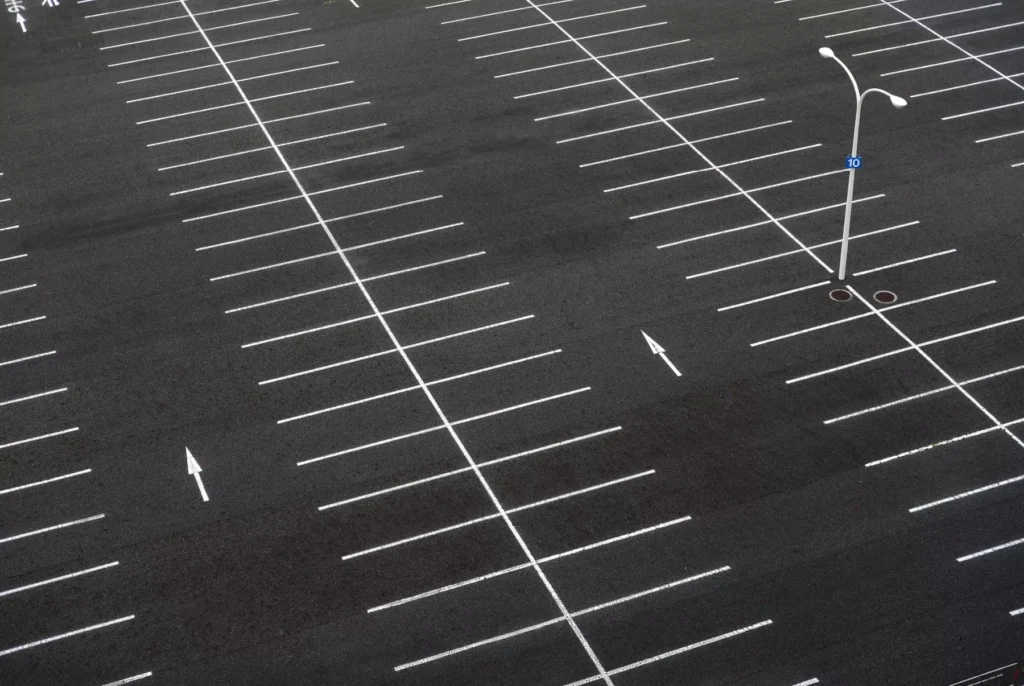






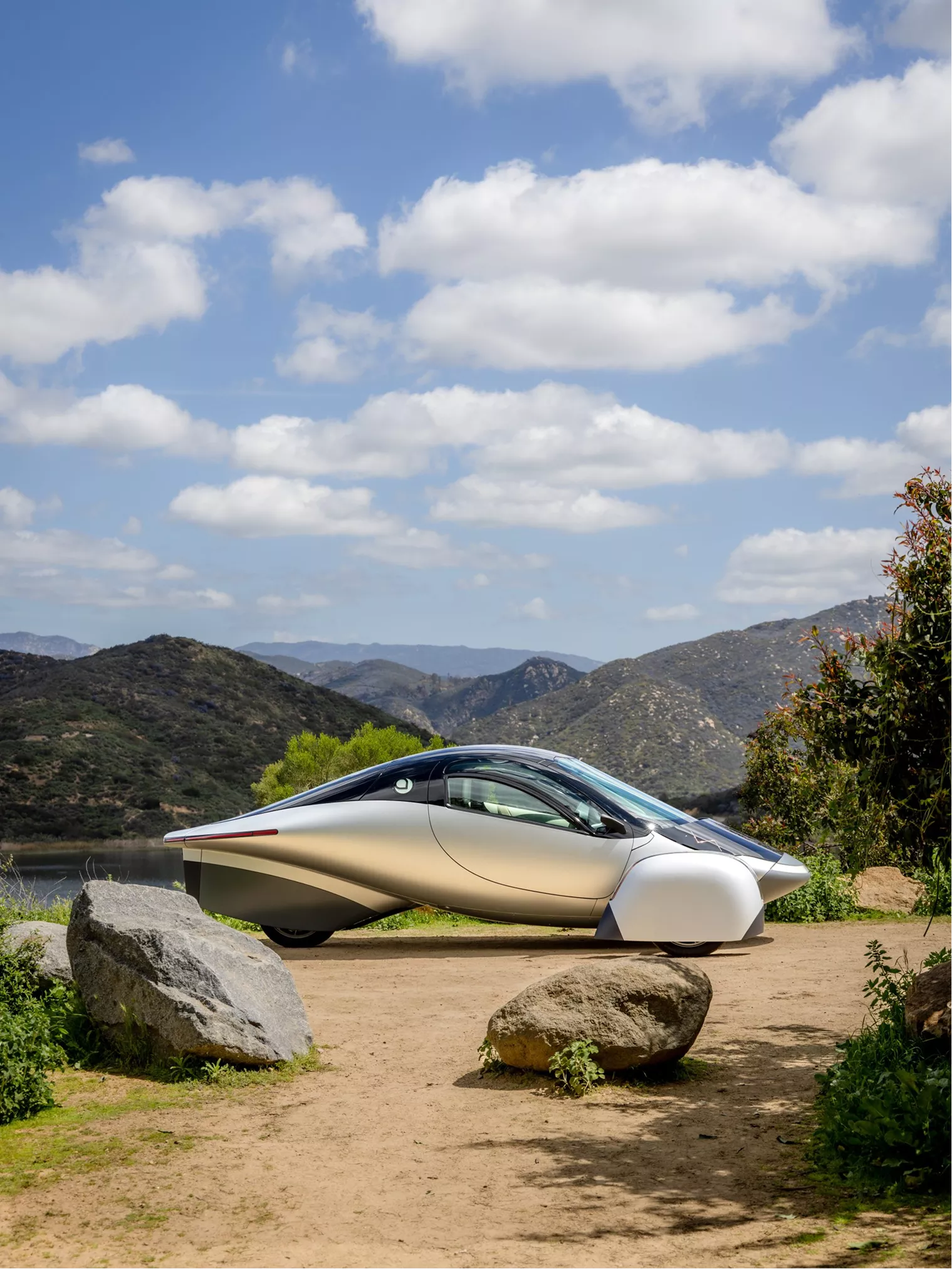
From EVs and batteries to autonomous vehicles and urban transport, we cover what actually matters. Delivered to your inbox weekly.
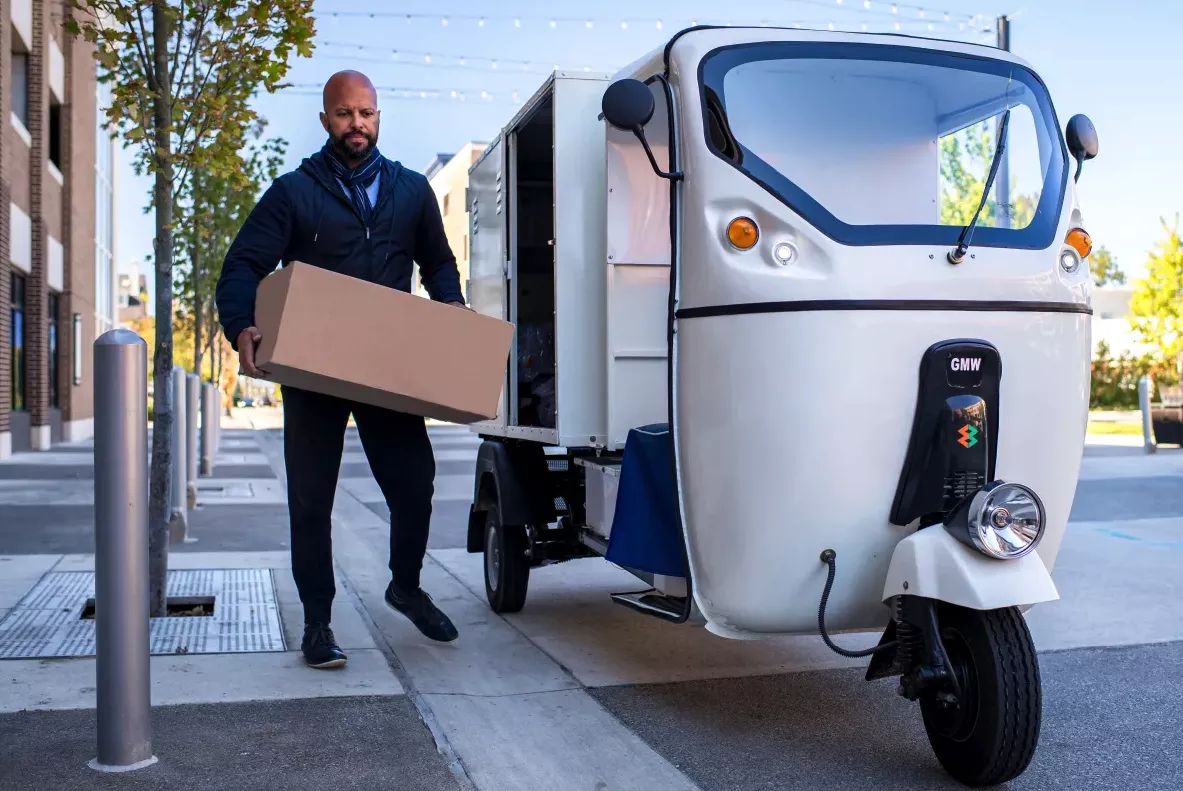
Most last-mile EV startups depend on cities with fast-charging networks. BILITI Electric chose a different path.
The company spun out of Hyderabad’s Gayam Motor Works in 2021 to solve a simple problem – how to deliver goods in crowded cities without waiting hours to charge.
The answer? A full system built around swappable batteries, compact electric three-wheelers, and cloud-based fleet tools.
And it’s working. BILITI’s vehicles have made over 12 million deliveries, covering 20 million miles across 15 countries, including the U.S., Portugal, Kenya, Japan, and the Philippines. Customers like Amazon, Walmart, IKEA, Jumia, and Voi are already on board.
BILITI is offering a practical, ready-to-deploy system for cities that can’t afford to wait for full charging infrastructure.
Before there was BILITI Electric, there was Gayam Motor Works (GMW), one of India’s early pioneers in electric three-wheelers. Founded in Hyderabad, GMW started building lithium-powered e-autos back in 2011, long before “last-mile electrification” became a global trend.
At the heart of GMW were two brothers – Raja Gayam, who led manufacturing and business operations, and Rahul Gayam, an engineer with deep battery systems expertise. They built and deployed some of the first swappable-battery electric tuk-tuks, serving public fleets, utility firms, and delivery operators looking to replace diesel.
That hands-on decade shaped what would become BILITI Electric, spun out from GMW in 2021 with a clear mission to take India’s proven electric tuk-tuk model global. The plan was to use field-tested vehicles, modular batteries, and local assembly to help dense cities go electric without depending on large charging networks.
Today, BILITI’s vehicle lineup reflects those early lessons – compact, commercial-grade EVs designed for tight streets and tough duty cycles. All powered by SmartSwapp™ kiosks that swap batteries in seconds.
Where other EV startups start in the lab and hit friction in the field, BILITI’s model was built the other way around. And that’s what gives it an edge.
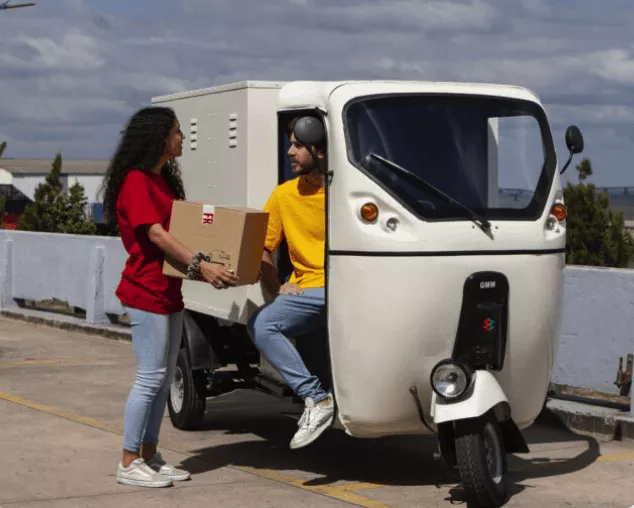
BILITI Electric’s system is built around two core vehicles – Taskman and FastMile. Both are compact, three-wheeled EVs designed for busy city streets and last-mile deliveries.
The Taskman is the flagship model. It’s a heavy-duty hauler that can carry up to 300 kg and travel about 110 km per battery swap. Major delivery players like Amazon, Flipkart, IKEA, and Jumia use it for everything from groceries and parcels to scooter recovery. The FastMile is a smaller version, better for tight roads and shorter trips.
What makes these vehicles stand out is the way they charge. Instead of waiting at plug-in stations, BILITI uses SmartSwapp™, a battery-swapping system that lets drivers change batteries in under one minute. That means no delays and no downtime.
The system runs on modular batteries and can be supported by PitSwapp™, a mobile battery-swap unit that works even without grid power. This setup is ideal for places where public charging doesn’t exist yet.
Each vehicle is connected to the cloud. Operators can track their fleet in real time, watching routes, battery status, driver performance, and more. The system also connects to other fleet tools through APIs, and field teams can use a mobile app to manage daily tasks.
Together, these tools make BILITI a full EV logistics platform that keeps delivery fleets running, even where the grid can’t.
BILITI Electric is running its vehicles in over 15 countries across five continents, in cities like Los Angeles, Nairobi, Lisbon, Tokyo, and Hyderabad.
And the use cases are just as varied:
These are full operations showing that electric three-wheelers can beat vans in tight, high-traffic cities. The benefits are very clear – easier to drive, cheaper to run, and quicker to charge with battery swaps.
Because the vehicles are small but strong, BILITI can use the same design in every market, customizing the battery or setup depending on local needs.
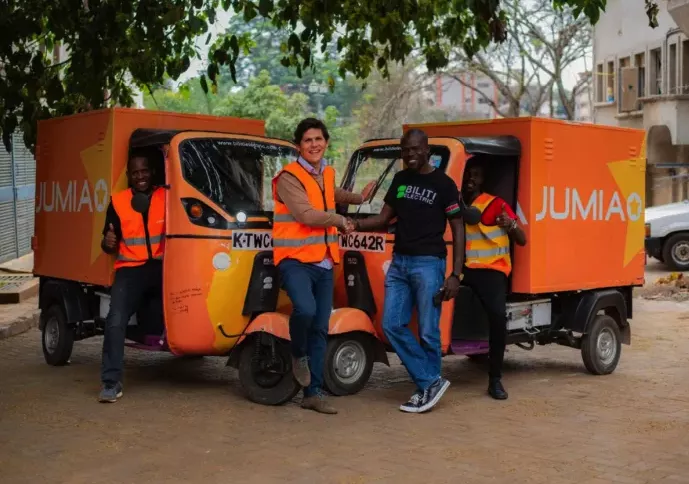
BILITI’s electric vehicles are easy to spot, but we need to pay attention to what powers them behind the scenes – SmartSwapp™ and PitSwapp™.
SmartSwapp™ is BILITI’s modular battery-swapping system. It lets drivers exchange a used battery for a fresh one in under 1 minute. Each station can handle hundreds of swaps per day, depending on setup.
This is a major advantage in places where charging infrastructure is limited or the power grid is unreliable. Instead of selling only vehicles, BILITI offers battery-as-a-Service, so fleet operators can stay focused on deliveries, not charging downtime.
Then there’s PitSwapp™, a mobile swap station. It’s built for quick setup, can run off-grid, and supports pop-up operations or high-traffic areas. Together, these systems make it possible to build a flexible, fast-moving charging network without massive investments in fixed infrastructure.
That’s why BILITI isn’t just another EV maker. The vehicles open the door, and the infrastructure is what makes the model scale.
Most EV startups aim for billion-dollar gigafactories. And we understand the appeal and the benefit.
But BILITI Electric is taking a different route. They’re using modular micro-assembly hubs and an asset-light model built on its long-standing partnership with Gayam Motor Works in Hyderabad.
GMW, the company that first developed BILITI’s core technology, still handles vehicle manufacturing. This setup lets BILITI focus on software, global sales, and operations without owning large factories.
The main production facility is a 200,000 sq. ft. plant in Telangana, known as the world’s largest electric three-wheeler factory. It can produce up to 240,000 vehicles per year. From this hub, BILITI ships partially assembled kits to micro-assembly centers in places like the U.S., Portugal, Kenya, and the Philippines.
These small local hubs offer major advantages:
This flexible approach cuts costs and builds stronger ties in each region. Rather than betting on one big plant, BILITI is using a decentralized model that adapts quickly and earns support from local governments.
BILITI Electric is attracting both investors and global mobility leaders.
Rick Wagoner, the former CEO and Chairman of General Motors, is one of BILITI’s key advisors. He led GM during major global growth and laid the foundation for its early electrification work. His role clearly shows BILITI is thinking on a large, OEM scale.
Joining him is Mark Joseph, the former CEO of Transdev North America, one of the largest mobility operators in the world. Joseph brings hands-on knowledge from working with cities, public transit agencies, and mixed fleets.
Together, these two voices send a clear message that BILITI isn’t building niche products. It’s going after mainstream urban logistics with a strategy that includes vehicles, infrastructure, and policy from the start.
Their involvement shows this company is aiming higher than just deliveries. It wants to be a true systems partner for cities and fleet operators around the world.
BILITI’s model is practical and already working, but scaling it won’t be easy.
In India, the company’s home base, it faces tough competition from well-known players like Euler Motors and Mahindra Electric. The market is big, but the rules keep shifting. Government programs like FAME II change often, and battery swapping still lacks clear regulations across many states.
Outside India, swapping itself is still debated. Some automakers and policymakers prefer plug-in fast charging as the global standard. Others see battery swapping as a better fit for fleets, where speed and uptime matter most. BILITI is firmly in that second group, and its success in countries without strong charging networks shows that the model can work.
What helps BILITI stand out is more than just its vehicles. It’s the simple, rugged design, the fast SmartSwapp™ system, and a list of global customers who care about performance.
The company is also planning ahead. It has hinted at new vehicle types beyond three-wheelers and even talked about a possible IPO (though no date is confirmed). With software, mobile tools, and APIs already in place, BILITI could extend its tech stack into third-party fleets or OEM platforms.
The big question isn’t whether BILITI’s approach works (because it does), but it’s whether cities, operators, and regulators can adapt quickly enough to keep up.
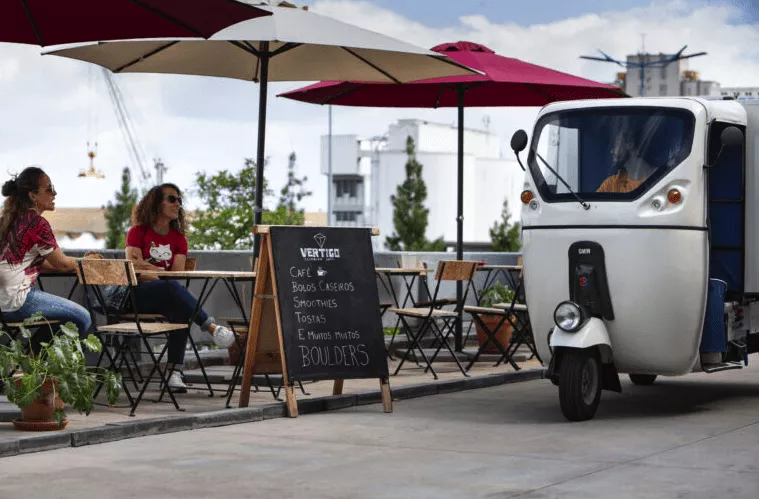
The future of electric delivery won’t be built only on vans and high-end tech. It will run on three wheels, in tight city streets, and across millions of trips that most EV plans ignore.
That’s where BILITI comes in with its light, affordable EVs, packed with swappable batteries and charging that works even without the grid. It offers a real path forward for cities where plug-in charging isn’t an option yet.
The real spiel here is about replacing the 3 billion last-mile trips still done by diesel tuk-tuks, gas vans, and other small cargo vehicles.
That’s what makes BILITI important. It’s building the infrastructure EV fleets need – from battery stations and mobile swap units to software to keep everything moving.
It may not be the flashiest version of electric mobility, but it might be the one that scales fastest where it matters most.